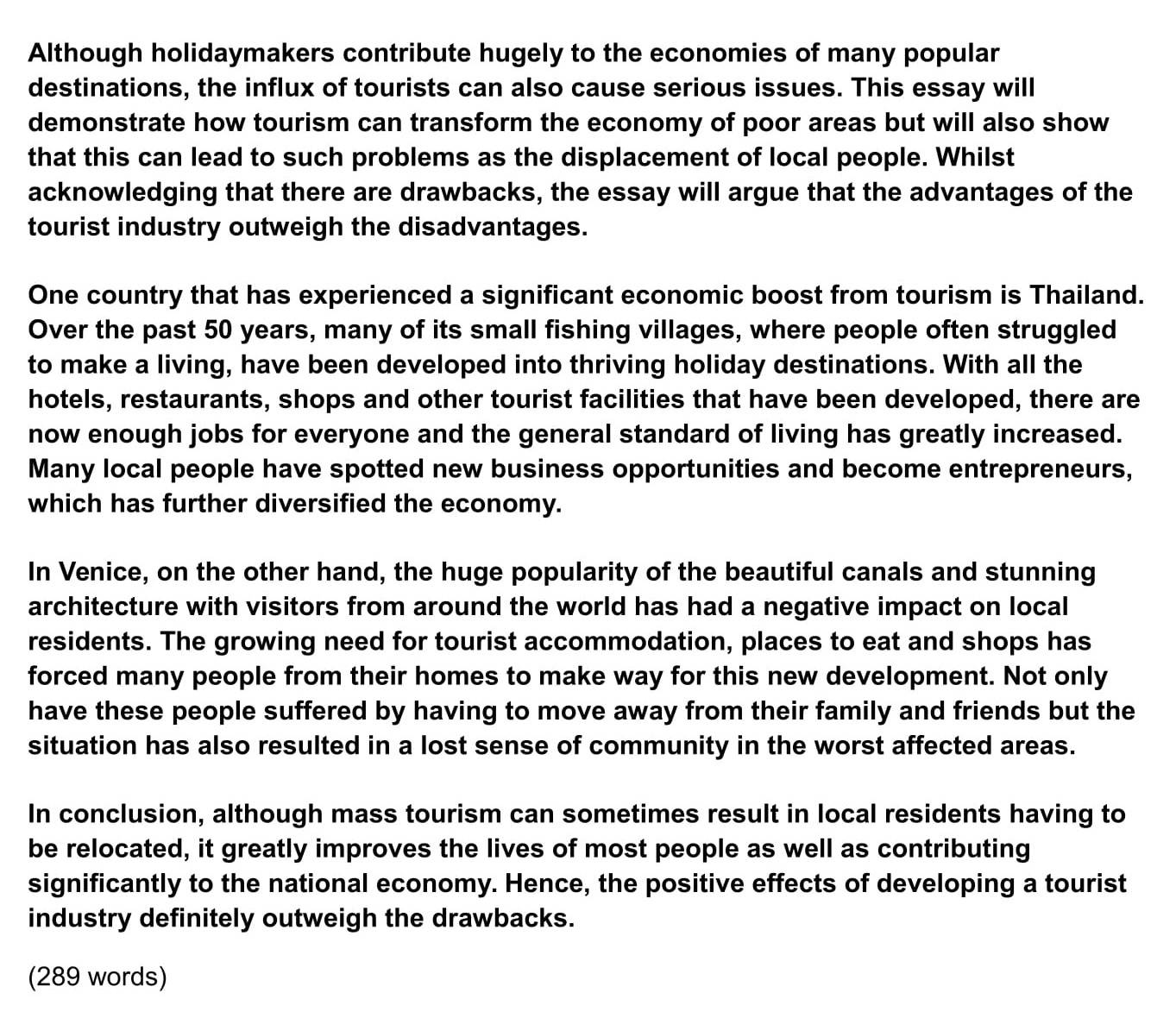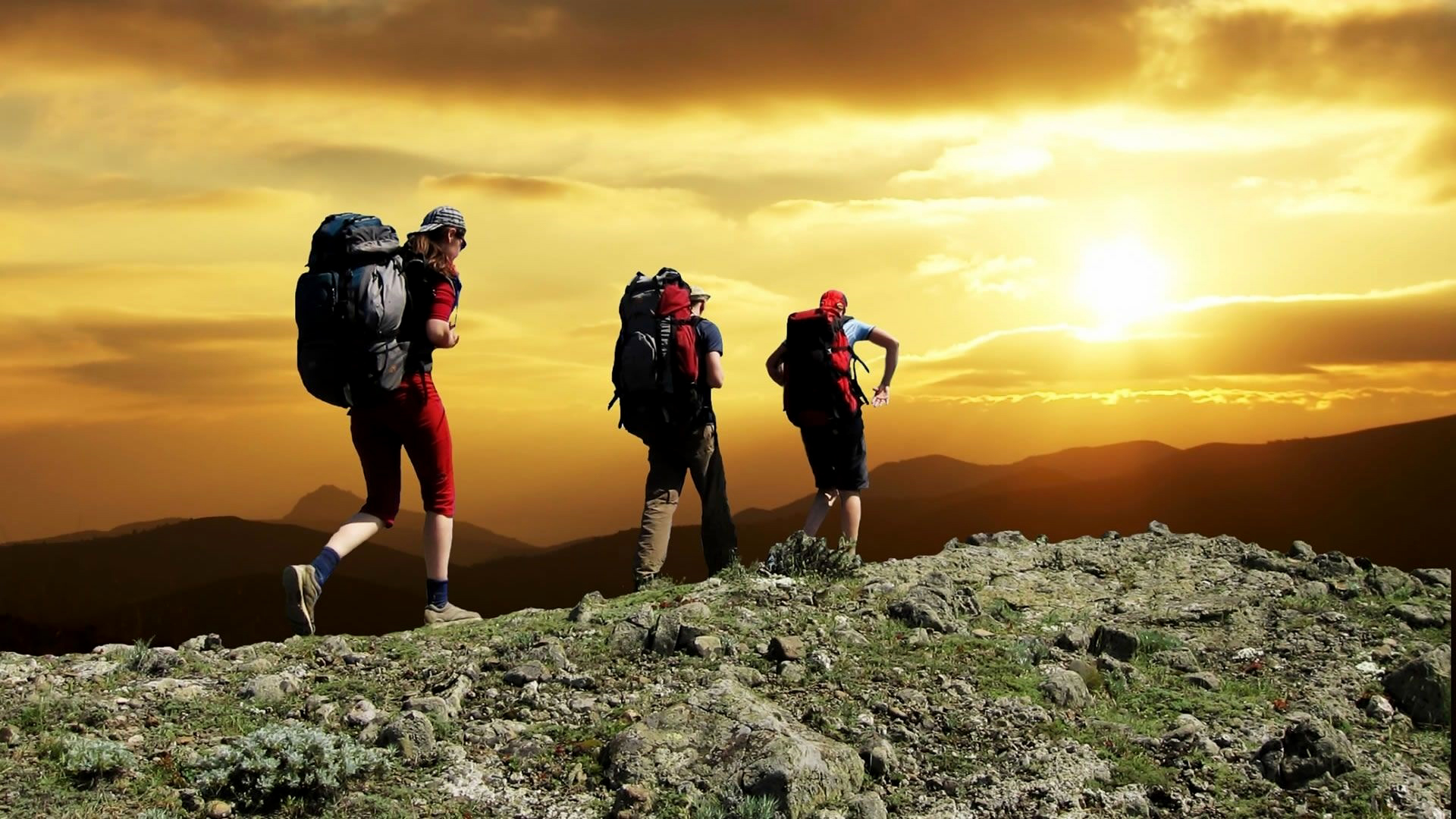Advantages of adventure tourism – Embarking on a journey of adventure tourism offers a plethora of advantages, transforming physical well-being, enriching mental and emotional states, fostering social connections, and driving economic growth. From adrenaline-pumping activities to immersive cultural experiences, adventure tourism unlocks a world of transformative benefits that extend beyond mere recreation.
Physical benefits include improved cardiovascular health, increased muscle strength, and enhanced flexibility. Adventure activities like hiking, rock climbing, and kayaking challenge the body, promoting an active and healthy lifestyle.
Physical Benefits
/how-travel-will-enhance-your-life-1458533_CS-FINAL-5c38b6a746e0fb0001b53129.png)
Adventure tourism offers numerous physical benefits, contributing to an active and healthy lifestyle. It enhances cardiovascular health, increases muscle strength, and improves flexibility.
Adventure activities like hiking, rock climbing, and kayaking require sustained physical exertion, which strengthens the heart and improves blood circulation. These activities also engage multiple muscle groups, leading to increased muscle mass and strength. Additionally, activities like yoga and tai chi, often incorporated into adventure tourism, promote flexibility and range of motion.
Cardiovascular Health
- Hiking, cycling, and kayaking elevate the heart rate, strengthening the heart muscle.
- Sustained physical activity improves blood circulation and reduces the risk of cardiovascular diseases.
Increased Muscle Strength
- Rock climbing, kayaking, and trekking engage multiple muscle groups, building strength and endurance.
- Adventure activities often involve carrying backpacks or equipment, further enhancing muscle strength.
Enhanced Flexibility
- Yoga, tai chi, and other mind-body practices incorporated into adventure tourism promote flexibility and range of motion.
- These activities improve posture, reduce muscle tension, and enhance overall physical well-being.
Mental and Emotional Benefits

Adventure tourism offers a plethora of mental and emotional benefits that contribute to overall well-being. It provides a temporary escape from daily stressors, fostering relaxation and stress reduction. Engaging in adventure activities has been shown to elevate mood and boost happiness levels.
Additionally, adventure tourism can enhance self-confidence and self-esteem as individuals overcome challenges and push their limits.
Stress Reduction
Adventure activities often involve physical exertion and mental focus, which can serve as effective stress relievers. The release of endorphins during these activities has mood-boosting effects, reducing anxiety and promoting a sense of calm.
Improved Mood, Advantages of adventure tourism
Exposure to nature, often a key component of adventure tourism, has been linked to improved mood and reduced symptoms of depression. The serene and awe-inspiring surroundings can have a calming effect on the mind, fostering a sense of peace and tranquility.
Increased Self-Confidence
Overcoming physical and mental challenges during adventure activities can lead to a significant boost in self-confidence. Successfully completing a challenging hike, conquering a fear of heights, or navigating a white-water rafting course can instill a sense of accomplishment and self-assurance.
Social Benefits

Adventure tourism offers numerous social benefits, fostering camaraderie, building teamwork skills, and promoting cultural exchange. It creates a shared experience that brings people together, encouraging them to work as a team and overcome challenges collectively.
Fostering Camaraderie
Adventure activities often involve small groups, where participants share experiences and support each other through challenging situations. This shared experience creates a strong sense of camaraderie, where individuals feel connected and supported by their fellow adventurers. Activities like rock climbing, white-water rafting, and trekking are excellent examples of this.
Building Teamwork Skills
Adventure tourism often requires teamwork and collaboration. Participants must work together to achieve a common goal, such as reaching a summit or navigating a river. This requires effective communication, problem-solving, and trust-building, which are essential teamwork skills. Activities like team-building exercises, orienteering, and caving are particularly effective in fostering these skills.
Promoting Cultural Exchange
Adventure tourism often takes place in diverse cultural settings, exposing participants to different ways of life. This interaction fosters cultural exchange, where individuals learn about different customs, traditions, and perspectives. Activities like cultural tours, homestays, and traditional cooking classes provide opportunities for participants to immerse themselves in local cultures.
Economic Benefits

Adventure tourism offers substantial economic advantages, particularly for local communities. It generates employment opportunities, boosts revenue, and promotes infrastructure development.
The economic benefits of adventure tourism extend beyond direct revenue generation. It stimulates economic growth by creating jobs in various sectors, including tourism, hospitality, transportation, and outdoor recreation. Adventure tourism businesses often source goods and services locally, further contributing to economic development.
Job Creation
- Adventure tourism businesses, such as tour operators, equipment rental companies, and adventure parks, create jobs for local guides, instructors, and support staff.
- Indirect job creation occurs in related industries, such as transportation, accommodation, and food and beverage.
Revenue Generation
- Adventure tourism businesses generate revenue through guided tours, equipment rentals, and other services.
- Adventure tourism attracts visitors who spend money on accommodation, dining, shopping, and other activities.
- Governments collect taxes on adventure tourism businesses and visitor spending, contributing to local and national revenue.
Infrastructure Development
- Adventure tourism can stimulate infrastructure development, such as improved roads, trails, and visitor facilities.
- These infrastructure improvements benefit not only tourists but also local residents, enhancing their quality of life.
Examples of Adventure Tourism Businesses Contributing to Economic Growth
Adventure tourism businesses that contribute to economic growth include:
- Whitewater rafting companies that provide guided tours on local rivers.
- Hiking and trekking operators that lead expeditions in national parks.
- Zip-line and canopy tour companies that offer thrilling experiences in natural settings.
Impact on Local Economies and Sustainable Development
Adventure tourism can have a significant impact on local economies, particularly in rural and remote areas. It provides income-generating opportunities for local businesses and communities.
When managed responsibly, adventure tourism can also contribute to sustainable development by promoting environmental conservation and cultural preservation.
Environmental Benefits

Adventure tourism, by its very nature, has a lower environmental impact than many other forms of tourism. This is because adventure tourists tend to visit remote and pristine areas that are not easily accessible by other means. In addition, adventure tourists are often more likely to be environmentally conscious and to take steps to minimize their impact on the environment.The
following table compares the environmental benefits of adventure tourism to other forms of tourism:| Type of Tourism | Environmental Impact ||—|—|| Adventure Tourism | Low || Mass Tourism | High || Cultural Tourism | Moderate || Ecotourism | Low |Adventure tourism can play a role in promoting conservation and environmental awareness.
By visiting remote and pristine areas, adventure tourists can help to raise awareness of the importance of these areas and the need to protect them. In addition, adventure tourism can provide economic incentives for local communities to protect their natural resources.There
are many examples of adventure activities that minimize environmental impact and support sustainable practices. These include:* Hiking and trekking
- Kayaking and canoeing
- Rock climbing and mountaineering
- Wildlife watching
- Birdwatching
These activities can all be enjoyed in a way that minimizes environmental impact and supports sustainable practices. For example, hikers and trekkers can stay on designated trails and avoid disturbing wildlife. Kayakers and canoeists can use boats that are powered by paddles or oars instead of motors.
Rock climbers and mountaineers can use reusable gear and avoid leaving trash behind. Wildlife watchers and birdwatchers can use binoculars and telescopes to observe animals from a distance.By choosing to participate in adventure activities that minimize environmental impact and support sustainable practices, adventure tourists can help to protect the environment and ensure that future generations can enjoy these activities as well.
Challenges and Considerations

Adventure tourism presents certain challenges that require careful consideration and responsible development. These challenges include safety concerns, environmental impact, and accessibility issues. Understanding these challenges and implementing appropriate measures are crucial for the sustainable growth of adventure tourism.
One of the primary challenges in adventure tourism is ensuring the safety of participants. Engaging in adventurous activities inherently carries some level of risk. Adventure tourism operators must prioritize safety by implementing strict protocols, providing proper training and equipment, and conducting thorough risk assessments.
Additionally, participants should be made aware of the potential risks and take necessary precautions.
Environmental Impact
Adventure tourism can potentially have an impact on the environment. Activities such as off-road driving, trekking, and camping can disrupt ecosystems and damage natural habitats. It is essential to adopt sustainable practices to minimize the environmental footprint of adventure tourism.
This includes using eco-friendly equipment, adhering to designated trails, and promoting responsible waste management. Operators should also work closely with local communities and environmental organizations to protect sensitive areas and promote conservation efforts.
Accessibility
Accessibility is another important consideration in adventure tourism. Many adventure activities are physically demanding and may not be suitable for all individuals. Operators should strive to make their activities accessible to a diverse range of participants by offering modified or alternative options.
This can include providing adaptive equipment, specialized training, and accessible transportation. By addressing accessibility concerns, adventure tourism can become more inclusive and cater to a broader audience.
Ethical and Sustainable Practices
Ethical and sustainable practices are paramount in adventure tourism. Operators should prioritize the well-being of local communities and respect their cultural heritage. This includes employing local guides, supporting local businesses, and contributing to community development projects. Additionally, operators should adhere to fair labor practices and ensure that participants are treated with dignity and respect.
Outcome Summary

In conclusion, adventure tourism emerges as a multifaceted force for good, offering a myriad of benefits that encompass physical, mental, social, and economic well-being. By embracing ethical and sustainable practices, we can harness the transformative power of adventure tourism to create a positive impact on individuals, communities, and the environment alike.
Questions and Answers: Advantages Of Adventure Tourism
What are the safety concerns associated with adventure tourism?
Adventure tourism activities can involve inherent risks, which vary depending on the specific activity. Operators should prioritize safety by providing proper training, equipment, and risk management protocols.
How does adventure tourism contribute to environmental conservation?
Adventure tourism can promote conservation by raising awareness about fragile ecosystems and encouraging responsible practices. Operators can implement sustainable initiatives like minimizing waste, using eco-friendly equipment, and supporting local conservation efforts.
/how-travel-will-enhance-your-life-1458533_CS-FINAL-5c38b6a746e0fb0001b53129.png?w=1500&resize=1500,1000&ssl=1)